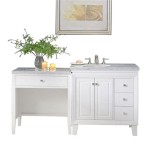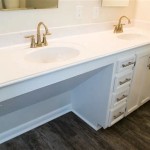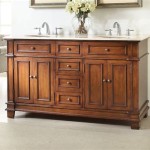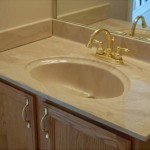Building Regulations For Bathroom Ventilation
Ensuring adequate ventilation in bathrooms is crucial for maintaining a healthy and comfortable living environment. Poor ventilation can lead to the accumulation of moisture, mold growth, and unpleasant odors, posing potential health risks. Building regulations play a vital role in establishing minimum standards for bathroom ventilation to address these concerns. This article will delve into the key aspects of building regulations for bathroom ventilation, providing insights into their significance and practical implications.
Minimum Ventilation Requirements
Building regulations typically specify minimum ventilation requirements for bathrooms, based on factors such as room size and intended use. These requirements aim to ensure sufficient air exchange to remove moisture and prevent condensation. Common methods for achieving the required ventilation include:
- Mechanical Ventilation: This involves the use of fans to extract air from the bathroom. Mechanical ventilation systems can be either continuous or intermittent, operating on demand or based on humidity levels.
- Natural Ventilation: This relies on the natural movement of air through open windows or vents. However, natural ventilation might not be sufficient in humid climates or bathrooms with limited access to external air.
The specific ventilation requirements will vary depending on the jurisdiction and the type of bathroom. For example, bathrooms with showers or bathtubs will typically have stricter ventilation requirements than those with only toilets and sinks.
Types of Ventilation Systems
Building regulations may also specify the types of ventilation systems that are permitted for bathroom installations. Common types include:
- Extracted Ventilation Systems: These systems use fans to extract air from the bathroom, typically through a vent in the ceiling or wall. Extracted ventilation systems are effective in removing moisture and odors.
- Intermittent Ventilation Systems: These systems operate on demand, typically triggered by a timer or humidity sensor. Intermittent ventilation systems can help conserve energy by only operating when needed.
- Continuous Ventilation Systems: These systems operate continuously, providing a constant flow of fresh air into the bathroom. Continuous ventilation systems are particularly beneficial in humid climates or bathrooms with frequent use.
The choice of ventilation system will depend on factors such as the size and layout of the bathroom, the climate, and personal preferences.
Compliance and Enforcement
Building regulations are enforced through inspections conducted by local authorities. During these inspections, compliance with ventilation requirements is assessed, and any deficiencies are addressed before the building can be occupied. Failure to comply with building regulations can result in fines or legal action. It is crucial for builders, homeowners, and renovators to understand and adhere to the relevant building regulations to ensure safe and healthy bathroom environments.
In conclusion, building regulations play a vital role in promoting healthy and comfortable living environments by establishing minimum standards for bathroom ventilation. Understanding and complying with these regulations is essential for ensuring the proper ventilation of bathrooms, preventing moisture problems, and promoting air quality.

Bathroom Regulations Vent Axia

Bathroom Regulations Vent Axia

Bathroom Zoning Ip Ratings For Ventilation Envirovent

Building Regulations For Fans In Domestic Property

Effective Ventilation

What Air Extractor Fans To Site In Each Room For A Good Extraction Manrose Advice
.jpg?strip=all)
Building Regulation Basics For Domestic Ventilation

Choosing The Right Bathroom Fan

Document F Ventilation Building Regulations Envirovent

Domestic Fan Installation Compliance Checker Vent Axia
Related Posts







